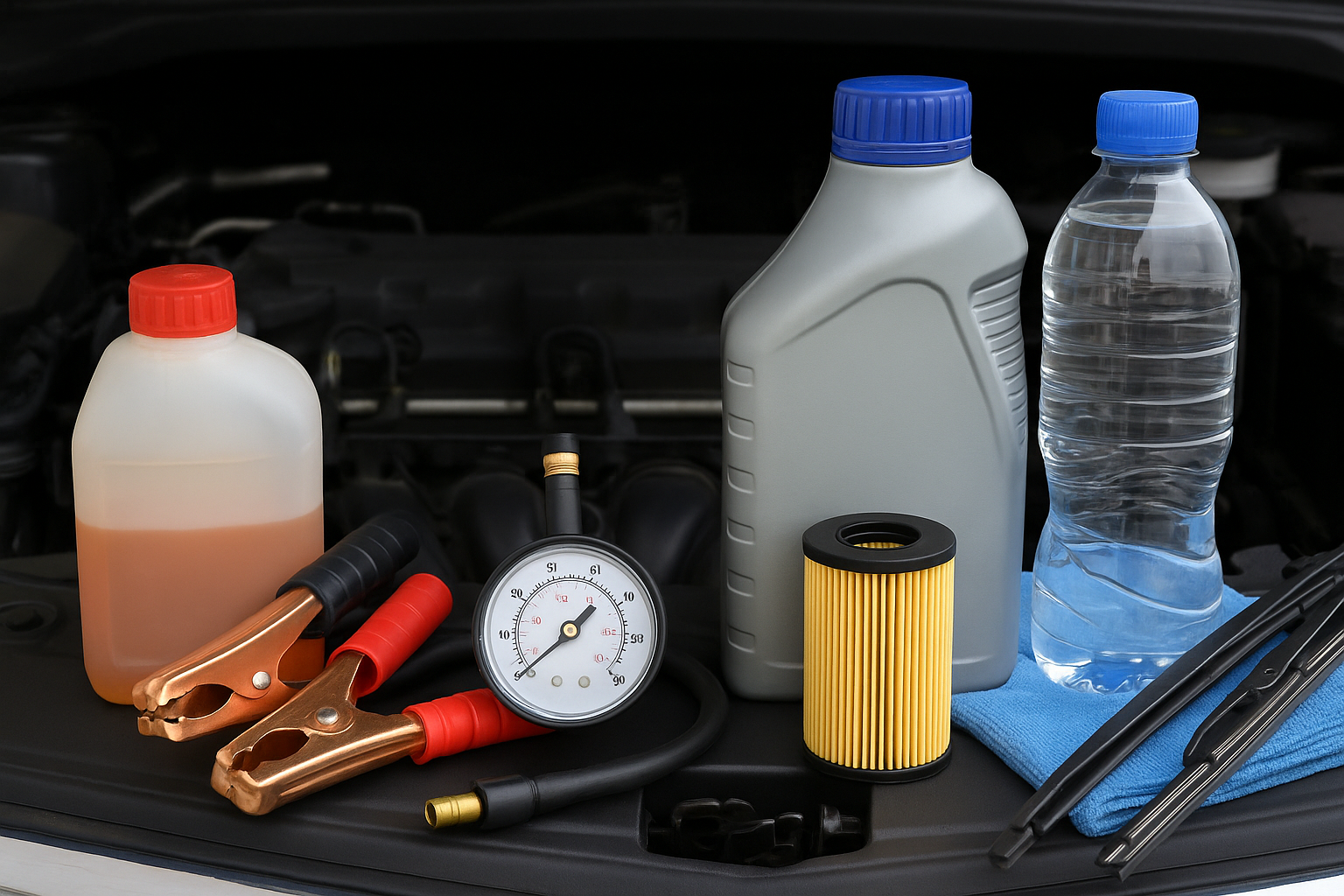How to Prepare Your Car for the Summer Heat. As the mercury rises, the demands on your vehicle increase. Summer heat can be brutal not only on you but also on your car. High temperatures can impact everything from your battery to your tires and engine. Proper preparation can save you from breakdowns, expensive repairs, and safety hazards. In this comprehensive guide, we’ll cover everything you need to do to keep your car running smoothly during the hot summer months.
Introduction: Why Summer Car Maintenance Matters
Just like humans, cars need a little extra care in extreme weather conditions. Summer heat causes engines to overheat, tires to expand, and fluids to evaporate faster. Without proper preparation, you could be facing an unexpected and potentially dangerous breakdown. That’s why summer car maintenance is essential—it ensures your vehicle stays safe, reliable, and efficient.
Table of Contents
1. Check and Maintain Your Car’s Cooling System
The cooling system is your first line of defense against engine overheating, one of the most common summer-related car problems.
Key steps:
- Inspect the radiator: Look for leaks or corrosion.
- Check coolant levels: Make sure the coolant/antifreeze mix is at the proper level and ratio.
- Replace old coolant: If it hasn’t been changed in a while (usually every 2-3 years), flush the system and refill it.
- Inspect hoses and belts: Heat can cause rubber to weaken, so replace any worn or cracked parts.
Helpful resource: How to check and refill coolant
2. Monitor and Maintain Your Car Battery
Many drivers associate dead batteries with winter, but high temperatures are just as harsh. Heat causes battery fluid to evaporate, which can damage the internal structure.
What to do:
- Check the battery terminals: Clean off corrosion.
- Test the battery voltage: Make sure it holds a proper charge.
- Secure the battery: Ensure it’s properly mounted to avoid vibrations that shorten its lifespan.
- Replace old batteries: If it’s more than 3 years old, consider a proactive replacement.
Tip: Auto parts stores like AutoZone or O’Reilly often offer free battery testing.
3. Inspect Tires and Tire Pressure
Hot roads can be treacherous on worn-out or improperly inflated tires. Blowouts are more common in summer due to increased heat and friction.
Summer tire checklist:
- Check tire pressure: Use a tire gauge to ensure each tire meets manufacturer recommendations.
- Inspect tread depth: Bald tires can skid more easily on hot pavement.
- Rotate tires: This promotes even wear and longer tire life.
- Consider summer tires: If you live in a particularly hot region, these can offer better grip and performance.
Learn more: Tire Safety Tips from NHTSA
4. Change Your Oil and Filter
Summer often means longer drives—road trips, vacations, and weekend getaways. All that extra driving can put more strain on your engine.
Why it’s important:
- Thinner oil in summer: Older oil can become too thin when hot, reducing its effectiveness.
- Better fuel efficiency: Clean oil reduces engine friction.
- Extended engine life: Regular oil changes are the simplest way to prevent expensive repairs.
Check your owner’s manual for the recommended oil change interval and consider switching to a synthetic blend for better heat resistance.
5. Test the Air Conditioning System
There’s nothing worse than discovering your A/C isn’t working on the first 100°F day of the year.
AC Maintenance Tips:
- Run the A/C system early in the season.
- Check for unusual noises or odors.
- Top off refrigerant if necessary.
- Inspect cabin air filters: A dirty filter can reduce airflow and cooling efficiency.
If the air still doesn’t blow cold, it could be a sign of a refrigerant leak or compressor issue. Take it to a certified technician for a diagnosis.
6. Inspect Windshield Wipers and Washer Fluid
Summer thunderstorms and bug splatter can quickly cloud your view. You’ll want your wipers and washer system in top shape.
What to do:
- Replace worn-out wiper blades.
- Top off washer fluid.
- Use a summer-specific washer fluid: These help remove bugs and tree sap more effectively.
7. Clean and Protect the Exterior and Interior
Sun exposure can cause serious damage to your car’s paint, dashboard, and seats. Keeping your car clean and protected helps preserve its resale value and comfort.
Tips:
- Wash and wax regularly: Wax acts as a protective layer against UV rays.
- Use a windshield sunshade: It keeps the interior cooler and prevents dashboard cracking.
- Condition leather seats: Prevents cracking and fading.
- Park in the shade or use a car cover.
8. Keep an Emergency Kit in Your Car
In case something goes wrong despite your best efforts, being prepared is crucial—especially in hot weather.
Summer emergency kit essentials:
- Bottled water
- Extra coolant
- Jumper cables
- Flashlight
- Phone charger
- First aid kit
- Reflective triangle or flares
- Portable fan (battery-operated or USB)
9. Check Belts and Hoses
Extreme heat can weaken rubber, leading to cracks, splits, or complete failure. This can leave you stranded if a serpentine belt snaps or a radiator hose bursts.
What to check:
- Cracks, splits, or soft spots
- Signs of leaks
- Loose or frayed ends
These components are often overlooked, but they play vital roles in your car’s performance and reliability.
Conclusion: Stay Cool and Safe This Summer
Summer driving can be enjoyable and hassle-free with the right preparation. By performing seasonal maintenance and staying ahead of potential issues, you protect your investment and ensure a smoother, safer ride. Whether you’re heading out for a weekend road trip or just commuting around town, these simple checks and upgrades will keep your car running like a champ in the heat.
Bonus Tip: Set a recurring calendar reminder to perform these checks at the start of each summer.
You can find more Automobile content:
https://allinsightlab.com/category/automobiles/

